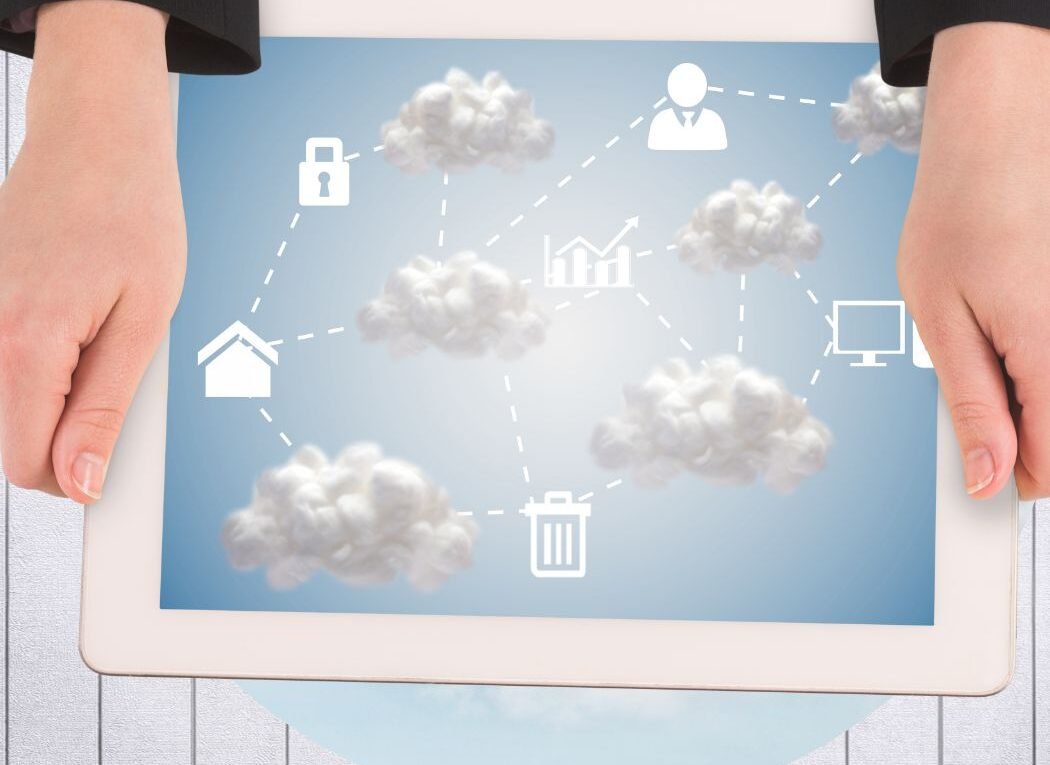Understanding the Shared Responsibility Model in Cloud Computing
Introduction
Cloud computing has revolutionized the way businesses store and access their data. With the convenience and scalability it offers, more and more organizations are adopting cloud services. However, as with any technology, there are security risks involved. To address these concerns, cloud service providers and customers share the responsibility of securing the cloud environment. This is known as the Shared Responsibility Model.
What is the Shared Responsibility Model?
The Shared Responsibility Model is a framework that defines the security responsibilities between the cloud service provider and the customer. It helps to establish clear guidelines and expectations for both parties, ensuring that the cloud environment is adequately protected.
Responsibilities of the Cloud Service Provider
The cloud service provider (CSP) is responsible for the security of the underlying infrastructure and the services they offer. This includes:
- Physical Security: The CSP is responsible for securing the physical data centers, including access control, surveillance, and disaster recovery measures.
- Network Security: The CSP ensures the security of the network infrastructure, including firewalls, intrusion detection systems, and network segmentation.
- Host Security: The CSP is responsible for securing the host operating systems and virtualization layer.
- Application Security: The CSP provides secure application programming interfaces (APIs) and ensures the security of the applications and services they offer.
- Data Security: The CSP implements measures to protect data at rest and in transit, including encryption and access controls.
Responsibilities of the Customer
While the CSP takes care of the security of the infrastructure and services, the customer is responsible for securing their data and applications within the cloud environment. This includes:
- Identity and Access Management: The customer is responsible for managing user access to their cloud resources and ensuring strong authentication and authorization mechanisms are in place.
- Data Protection: The customer must implement appropriate measures to protect their data, such as encryption, data loss prevention, and regular backups.
- Application Security: The customer is responsible for securing their applications and ensuring they are free from vulnerabilities.
- Configuration Management: The customer must configure their cloud resources securely, including network settings, firewall rules, and access controls.
- Compliance: The customer is responsible for ensuring their use of the cloud services complies with applicable laws and regulations.
Benefits of the Shared Responsibility Model
The Shared Responsibility Model offers several benefits for both the cloud service provider and the customer:
- Clarity: The model provides clear guidelines on who is responsible for what, reducing confusion and ensuring accountability.
- Collaboration: By sharing the responsibility, both parties can work together to implement effective security measures and address any vulnerabilities.
- Flexibility: The model allows customers to customize their security measures based on their specific needs and requirements.
- Cost Savings: Sharing the responsibility can lead to cost savings for both the CSP and the customer, as they can leverage each other’s expertise and resources.
Challenges of the Shared Responsibility Model
While the Shared Responsibility Model offers many advantages, there are also challenges that need to be addressed:
- Understanding: Customers need to have a clear understanding of their responsibilities under the model to ensure proper implementation of security measures.
- Communication: Effective communication between the CSP and the customer is crucial to ensure a shared understanding of security requirements and expectations.
- Compliance: Customers need to ensure that their use of the cloud services complies with applicable regulations and industry standards.
- Continuous Monitoring: Both the CSP and the customer must continuously monitor the cloud environment for security threats and vulnerabilities.
Conclusion
The Shared Responsibility Model is a crucial framework for ensuring the security of cloud environments. By clearly defining the responsibilities of both the cloud service provider and the customer, it helps to establish accountability and collaboration. However, it is important for customers to understand their responsibilities and implement appropriate security measures to protect their data and applications within the cloud environment. Effective communication and continuous monitoring are key to maintaining a secure cloud environment.
